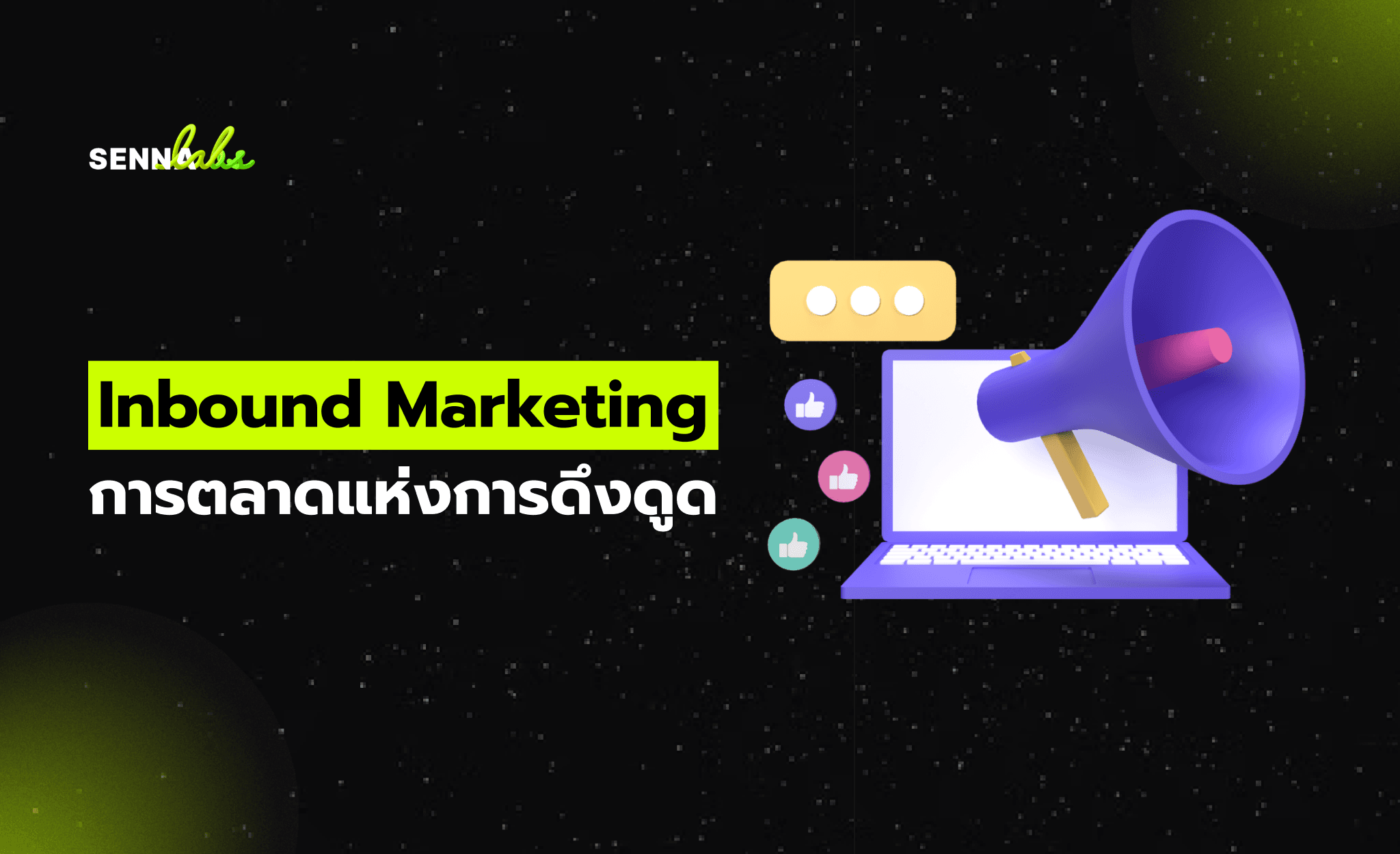Building Websites for the 5G Era: Speed and Performance

The internet is evolving, and so is the technology that powers it. As 5G connectivity rolls out globally, the way we access and use the internet will change dramatically. Websites, especially those relying heavily on mobile traffic, will need to adapt to ensure they make the most of the increased speed and lower latency that 5G offers.
For website owners, this is a crucial time to think ahead. 5G networks offer exponentially faster data transfer speeds, which means that users will expect websites to load faster and deliver smoother, more responsive experiences on mobile devices. If your site isn’t optimized for 5G, you could be missing out on potential users or customers who expect high-performance websites that can take full advantage of this new technology.
In this article, we’ll explore how to optimize your website for 5G connectivity, improve page load speed, and create a seamless user experience for mobile users. We’ll also discuss how to ensure your site performs optimally in the 5G era and what steps you should take to stay ahead of the competition.

Understanding 5G and Its Impact on Website Performance
5G, the fifth generation of wireless technology, promises to revolutionize how we use the internet. With its ultra-fast speeds, low latency, and improved capacity, 5G will offer download speeds up to 100 times faster than current 4G connections. For website owners, this means mobile users will be able to access content faster than ever before, leading to increased expectations for website speed and performance.
However, it’s important to note that 5G connectivity will only truly shine if your website is designed and optimized to handle the increased bandwidth. Without proper optimization, the speed gains provided by 5G could go to waste, as users still face slow load times or poor site performance.
Here are some key benefits of 5G that will impact website performance:
-
Faster Page Load Speeds: With 5G, websites will load much faster, even for data-heavy content like images and videos. This means that users will expect near-instant page loads, and any delays could cause frustration.
-
Real-Time Interaction: 5G’s low latency will allow for near-instant communication between the user and the website. This will be particularly useful for real-time applications, such as video streaming, gaming, and live customer support.
-
More Complex User Experiences: With 5G’s improved speeds and data capacity, websites will be able to support more complex interactions and immersive experiences, such as augmented reality (AR) or virtual reality (VR), on mobile devices.
As 5G continues to gain traction, it’s essential for website owners to understand how it will affect user expectations and website performance. Now is the time to begin optimizing your site for the future.
How to Optimize Your Website for 5G Connectivity
While 5G offers faster speeds and lower latency, you need to make sure your website is designed and optimized to fully leverage these benefits. Let’s take a look at key steps you can take to optimize your website for 5G connectivity:
1. Speed Optimization: Load Time is Key
With 5G, mobile users will expect lightning-fast load times, and anything slower than immediate response time will cause frustration. Speed optimization is critical, and it’s important to implement practices that improve website load times, even on slower connections.
What You Can Do:
-
Compress Images: Large images can significantly slow down your website. Use modern image formats like WebP, which offer high-quality images at smaller file sizes. Also, implement lazy loading for images to ensure they load only when they appear on the screen.
-
Minimize HTTP Requests: Each element on a webpage (e.g., images, scripts, and stylesheets) requires an HTTP request. Minimize the number of requests your site makes by combining and minifying scripts and stylesheets. This reduces the amount of data being sent and speeds up page loading.
-
Enable Caching: Caching allows data to be stored on users' devices or browsers, reducing the need to reload resources each time they visit your website. This leads to faster load times for returning visitors.
2. Responsive Design for Mobile Optimization
Since 5G connectivity will significantly benefit mobile users, it’s important to focus on responsive design that ensures your website looks great and functions smoothly on any device, from smartphones to tablets to desktops.
What You Can Do:
-
Ensure Mobile Optimization: Use responsive web design techniques to ensure your website layout and content adjust to fit any screen size. Mobile-first design ensures that users accessing your website via their smartphones will have the best experience possible.
-
Optimize Touch Interactions: For mobile devices, ensure that buttons, links, and other interactive elements are large enough to be easily clicked or tapped. Touch-friendly designs are essential for improving usability on smartphones and tablets.
-
Viewport Meta Tag: Use the correct viewport meta tag to ensure that your website adjusts to the width of mobile screens. This tag controls the scaling of the webpage, providing a better user experience on smaller devices.
3. Leverage Edge Computing
As 5G allows for faster data transfer, edge computing can further enhance your website’s performance by processing data closer to the user. Edge computing helps reduce latency, making interactions faster and improving the overall user experience.
What You Can Do:
-
Utilize Content Delivery Networks (CDN): CDNs cache content on servers located in various geographic regions, so users can access your website from the server that is closest to them. This reduces latency and improves load times, especially for users in distant locations.
-
Offload Heavy Computing to the Edge: For apps or websites that require intensive processing, consider using edge computing to offload data processing tasks closer to the user, reducing the reliance on central servers and speeding up interactions.
4. Prepare for Advanced Media: AR and VR Integration
5G’s high-speed data transfer will allow for more immersive experiences, such as augmented reality (AR) and virtual reality (VR). If your business plans to incorporate these technologies, you need to ensure that your website can handle the additional data load while providing a seamless experience for users.
What You Can Do:
-
Optimize AR and VR Content: Both AR and VR require large amounts of data, so it’s crucial to optimize images, videos, and 3D models. Compress assets without sacrificing quality, and implement efficient data streaming protocols to prevent lag or delays.
-
Use Progressive Loading: For AR or VR content, consider using progressive loading to allow users to interact with the content before it’s fully loaded. This ensures that users aren’t left waiting and can experience immersive content in real-time.
5. Prepare for Real-Time Interactions
5G’s low latency allows for real-time communication between users and websites. This means that businesses can offer more interactive services, such as live chats, video calls, or real-time updates, all of which will work seamlessly on mobile devices.
What You Can Do:
-
Optimize for Real-Time Data: If your website includes real-time updates—such as stock tickers, live support chats, or notifications—ensure that the backend infrastructure can support the faster, continuous flow of data.
-
Use WebSockets for Instant Communication: WebSockets allow for bi-directional communication between the client and server, which is ideal for real-time interactions like chat features or live streaming.
Conclusion: Preparing Your Website for the 5G Era
As 5G technology continues to roll out, website owners must adapt to meet the higher expectations of mobile users. 5G provides faster data transfer speeds and lower latency, enabling users to access websites with greater speed and ease. However, to fully take advantage of these improvements, websites must be optimized for speed, responsiveness, and seamless user experiences across devices.
By implementing responsive design, speeding up your site, leveraging edge computing, and preparing for immersive technologies like AR and VR, you can ensure your website remains competitive in the 5G era. The future of web development is fast, dynamic, and more connected than ever. For businesses aiming to stay ahead, optimizing for 5G connectivity is key to delivering exceptional user experiences that drive engagement and, ultimately, conversions.
By embracing 5G and adapting your website design to match, you’ll not only enhance user experience but also position your website for long-term success, helping it stand out in a competitive digital landscape.


Subscribe to follow product news, latest in technology, solutions, and updates
Other articles for you



Let’s build digital products that are simply awesome !
We will get back to you within 24 hours!Go to contact us Please tell us your ideas.
Please tell us your ideas.







